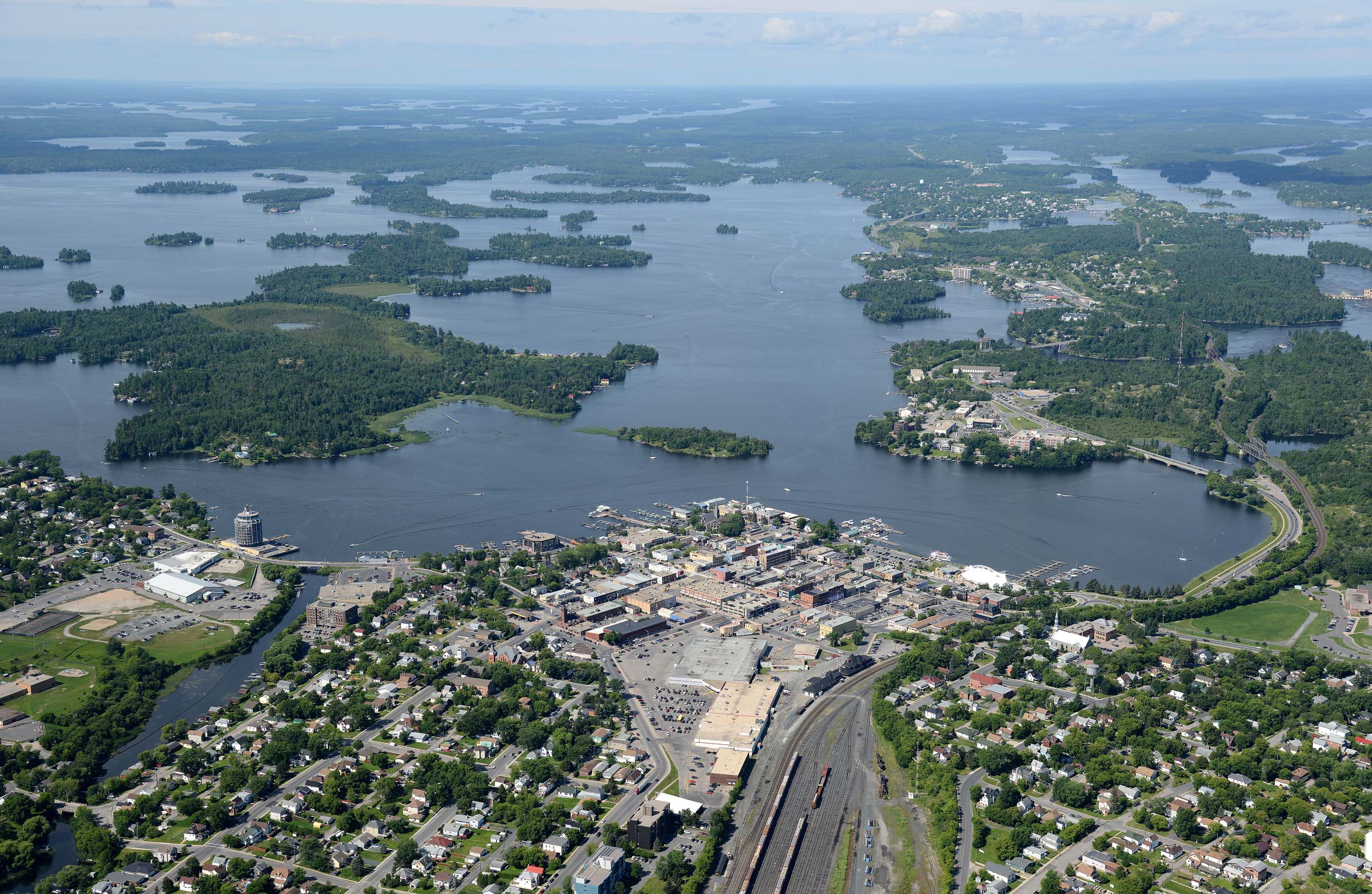In 2022, Architecture Counsel had the opportunity to explore modular construction as a viable means for delivering two new housing projects in remote communities in northern Ontario. Modular construction (i.e., projects built off-site and then transported to a dedicated location for assembly) has been around for centuries, waxing and waning in popularity according to a confluence of socio-economic factors. In recent years, we have experienced a renewed interest in it both in Canada and internationally. What has changed? In short, advanced digital technologies, a wealth of material choices, design innovations, heightened environmental awareness, and, most importantly, public perception. Once denigrated as cheap, unattractive, and of inferior quality, modular housing projects have dramatically changed in recent years with architects pushing the boundaries in terms of aesthetics, sustainability, and materiality.
For the City of Kenora, we proposed a modular design-build solution for a multi-unit, affordable housing complex containing 20 self-contained studio/bachelor apartments, amenities, and supportive housing offices in a two-storey, 20,000 sq. ft complex.

Our proposal to the Township of Ignace explored modular construction as a turn-key solution for a single-storey, 20-unit seniors housing complex that supported the concept of “Aging in Place”. With a population of 1,200 people and its remote location between Thunder Bay and Kenora, Ignace was unable to provide adequate housing for its seniors with many having to re-locate to Dryden or Thunder Bay when no longer able to remain in their homes. The new seniors’ complex enabled them to grow older with dignity and remain close to family, friends, and supports. Our design considered a range of options to meet the client’s objective of achieving over a 41-55% reduction in operating costs, energy consumption, and greenhouse gas emissions.
Both Kenora and Ignace were ideal candidates for modular housing. Sparsely populated and in remote locations, both communities lacked the resources, materials, and labour available in bigger cities and were therefore regrettably under-served in terms of their housing needs. ACi believed that the modular design approach could quickly provide much-needed affordable accommodation without compromising aesthetics and with minimal disruption to the residents of these quiet communities.

